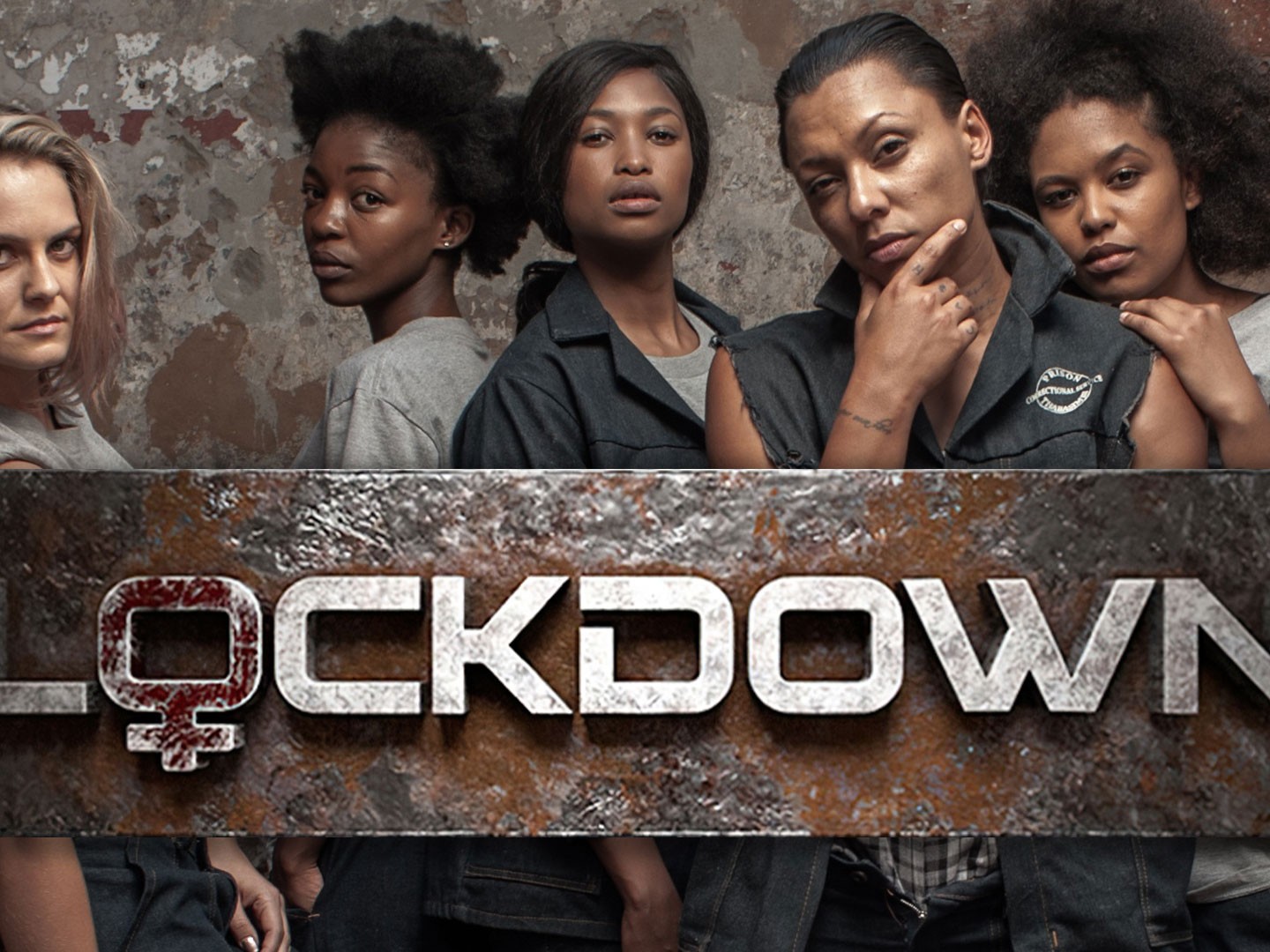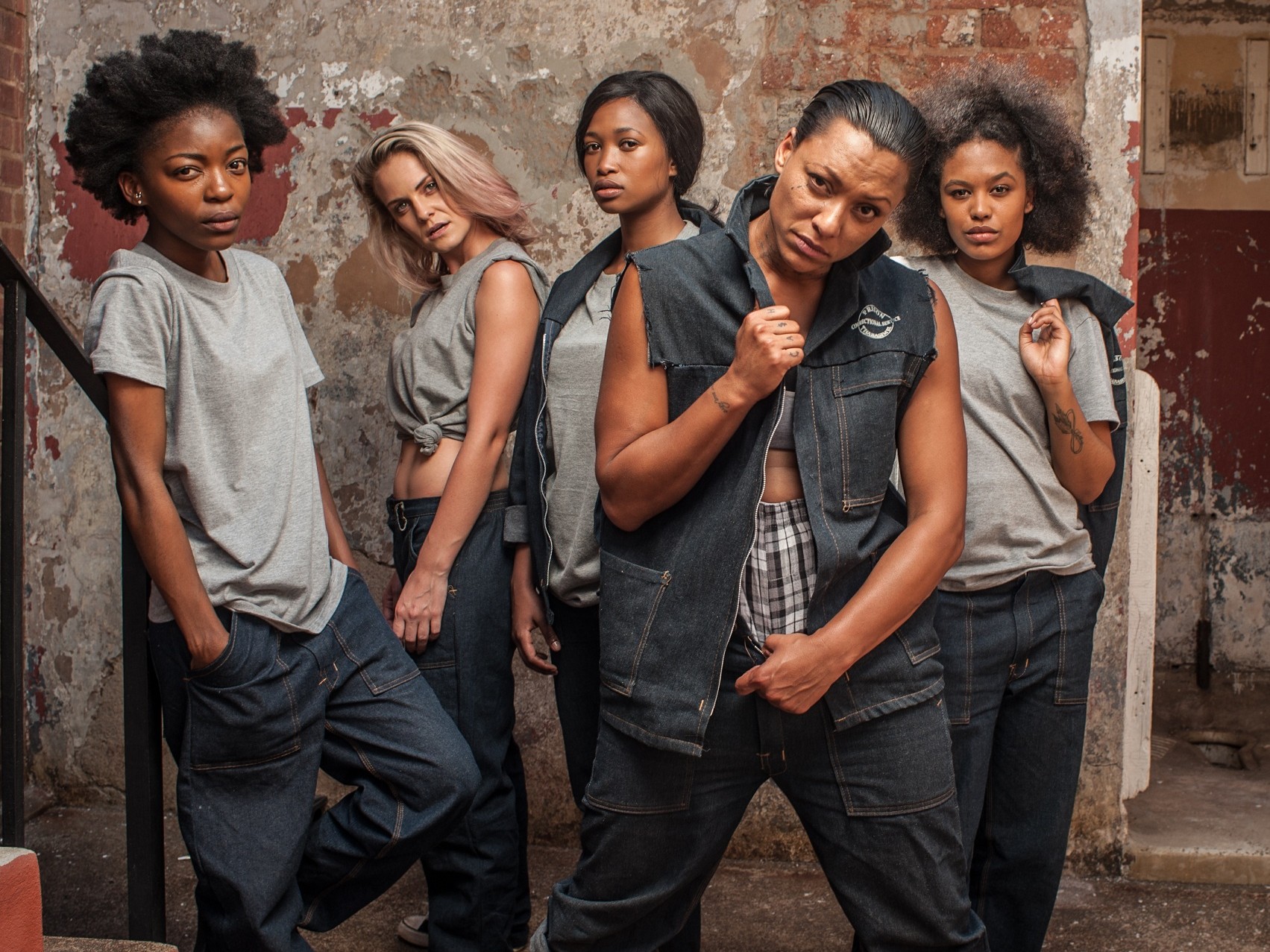

When we think of prison, we often think of male offenders who have committed hideous crimes. But the reality is, women also commit crimes and end up serving time in prison.
By Xabiso Ngqabe
We’ve become familiar with some of the things that happen to inmates in women’s prisons, thanks to the television series Lockdown for taking us through the dark world of Thabazimbi Women’s Correctional Facility. But there are harsher elements of what happens in jail that the series didn’t show due to it being extremely uncomfortable for public viewing.
According to Hard Times (a 2012 research report on women prisoners in Pollsmoor and Worcester prison produced by the University of Cape Town), more than two-thirds of women interviewed experienced abuse in their previous lives. This makes it clear that there’s a connection between domestic violence against women and them going into crime.
The inmate population as stated on the 2019/2020 Department of Correctional Services (DCS) annual report, was recorded at 154,449 against the approved bed space total of 120,567. There are roughly about 4,000 women who are currently in South African prisons, a small fraction compared to the male inmates. These are women who have been convicted amongst other things for serious crimes ranging from murder to kidnapping and fraud.
Let’s take a look at life inside South African women’s prison:
The state of facilities of the female prison
The increase in offender population continues to present unavoidable challenges of overcrowding in correctional facilities.
Overcrowded prison cells remain the root of problems women prisoners face. All South African prisons are filled beyond their capacity, with some prisons reported to house two to three times their capacity. Constitutional Court Justice Edwin Cameron wrote a scathing report after visiting Pollsmoor Prison in April 2016, he said: “Ninety-four women were crowded into a poorly aerated room. The mattresses were stinking. There was no working toilet, a clogged sink drain, and only cold water … sheets and blankets were infested with lice … [and] the cell was infested with cockroaches.”
Overcrowding also leads to exacerbated tension and violence in prisons. However, in the sentenced section of Sun City, conditions are better due to the volume of prisoners being lower than in the awaiting trial section. Sentenced prisoners also have access to education and vocational programs, social workers, and psychologists.
While prison overcrowding is an endemic issue in African prisons, prisoners have tried to maintain a level of normalcy and individuality in their lives by adapting to the conditions by fashioning.
“The women have fashioned individual looks, by redesigning shirts, trousers, mini and maxi skirts out of the worn and dirty uniforms,” reported Ruth Hopkins who wrote a four-part series on women in prison for Wits Justice Project.
Pregnancy, Childbirth, and Childcare
Despite their small numbers, female prisoners have specific needs. These include health care: pregnancy, childbirth, and childcare.
South Africa, however, does not have a policy framework in this field. The constitution deals with the rights of prisoners in general, but there are no laws or regulations tailored to the needs of female inmates. Pregnancy and childcare are other issues that are pertinent to women. A number of women in prison were primary caregivers before incarceration, some were pregnant or had small children when they were sentenced. Babies up to the age of two years are allowed to stay with their mothers.
Interaction with the outside world
An important aspect of prison life is the contact that incarcerated persons have with people who are not incarcerated. One of the most distressing features of imprisonment is separation from family and friends and contact with them is the thing that they value the most.
The frequency of contact varies between participants, with some not having any contact with their friends and family members throughout their incarceration. Those who did have contact reported communicating telephonically, electronically, and through visits.
Further analysis of the Hard Times interviews reveals that 67% of women experienced domestic violence and/or rape during their adulthood. One woman described her incarceration as ‘freedom’ not only for herself but also for her children as they were finally freed from the life threats they had to live under.
Health and safety within the cells
Health
The South African Correctional Services Act prescribes a health status examination to be conducted on sentenced prisoners upon admission. This includes testing for contagious and communicable diseases.
According to Hard Times analysis conducted in these two female prisons, women revealed that they did not receive annual general medical check-ups, routine pap-smears, or mammograms. Access to health care was reported to be periodic and usually provided upon request by the offender.
Safety
The Department must also take necessary steps to ensure the safe custody of every inmate and to maintain security and good order in every correctional center. However, tensions do escalate and fights predictably break out between people living in such confined and intense living conditions.
This is a common complaint among male prisoners and does occur in women’s facilities as well. But not as frequently, mainly because most of the warders are also female.

Getting Support
South African prisons allow women to keep their children up to the age of two, though this is not always a safe arrangement. Pollsmoor Prison in Cape Town has a dedicated mother-and-baby house, but the situation is very different in Sun City. Here, mothers frequently send their children to their families, fearing the prison’s unsafe and unhygienic facilities will do harm to their children.
Facilities typically have very few medical personnel, including doctors, dentists, and psychologists. The latter is particularly important, considering how many imprisoned women are in jail directly or indirectly due to abuse.
The drama series, Lockdown is a fictional story but it still has several striking similarities to real women’s jails in South Africa. It may not be as severe, but much of the show’s story rings true. In this sense, the struggles of Lockdown’s characters are the same as South Africa’s women inmates.




